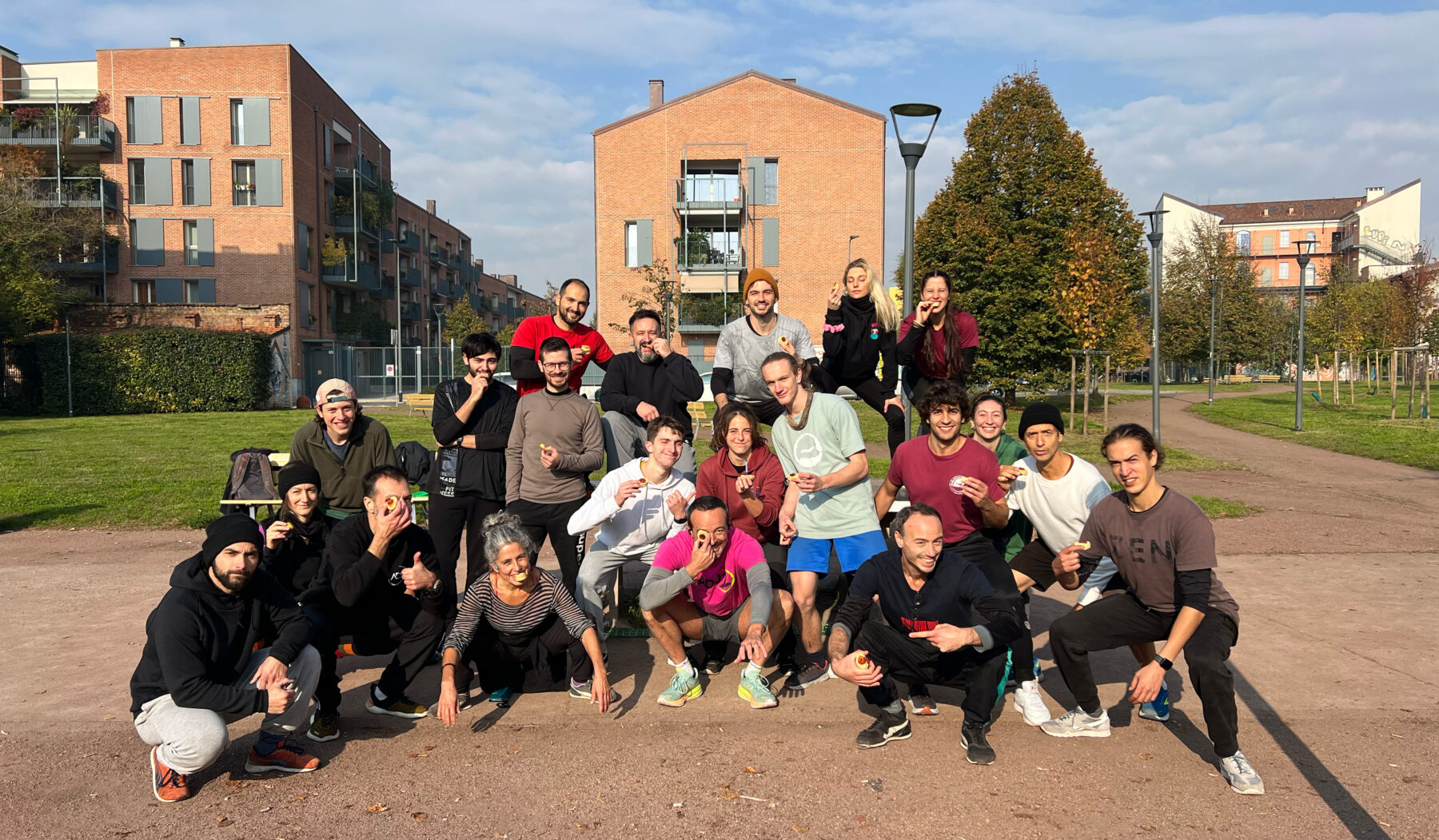I’ve often been asked about how long it takes to complete this workout.
How many breaks are needed to finish it, things like that.
Multiple times, by multiple people. Sometimes by just one person.
But rarely about why.
1001 is quite a number, isn’t it? A daunting one at that. Sure, if it’s jump rope or crunches, fine. But squats? That’s another story altogether. Plus, there’s nothing fun about it.
Those who have erected statues in honor of Jocus will never understand its value or appeal.
The same goes for those frantic consumers of the present moment, who take without leaving anything behind, without a thought for what might remain for others after their passage.
At first, the novelty and the challenge against oneself are euphoric and give us a surge of energy. But after three or four Sundays in a row, you start thinking that skipping straight from Saturday to Monday wouldn’t be such a bad idea—skipping the Lord’s day, no rest in sight, turning Sunday’s peace into a fight.
Three months go by, and some Sundays you don’t even want to get out of bed, let alone do squats! A year later, you think to yourself that sometimes, you truly have terrible ideas. It’s hard to always maintain the same mood or keep motivation at its peak. Let’s say it’s impossible—except in books.
Just like in real life, where difficult moments inevitably arise, trials that diminish our drive. Or worse, obliterate it entirely. But life doesn’t stop because of it.
For me, the 1001-squat block is a metaphor for life, a sped-up summary of the fluctuations of our moods. It forces us to face the dilemma of not letting them dictate our actions. To do so, we can cultivate a discipline of “no matter what,” a discipline of effort or contrast that is especially strong.
Contrast challenges our certainties, shakes them up perhaps, but in the end, they emerge stronger. Because they’ve been tested—and validated.
There are days when everything feels heavy. That’s okay. Take it easy. One squat at a time, calmly. If you can do one squat, you can do two. If you can do two, you can do a hundred. Once you’ve understood this, you can do 1001. At your own pace.
The 1001 squats train the mind first—the essence. Then the body—the tool.
The first step lies in accepting pain. Not the pain of martyrdom, which is ready to sacrifice itself for a cause it would have never conceived of—often without even understanding what it’s about.
And we see them, these so-called enlightened individuals whose sense of duty and morality is glorified, thrown onto the altar of the interests of a select few.
Yes, even within our community, or what’s left of it at least.
Once we’ve accepted the effort, we must sustain it and then face the second stage:
Ignoring all those little voices saying, “Stop if it burns,” “Go home if it’s too hard,” “Damn, this is boring…”
Not easy, right? Sure. But it’s certainly easier than going to war for the sake of bastards who wouldn’t dream of putting their own children in the line of fire.
If we’ve resisted, the third stage comes knocking: the “second-souffle”.
It’s the ability to speed up or increase intensity when you think you’ve already given your all. That’s when you discover resources you didn’t even know you had.
Once again, the mind makes the difference. The spirit.
Strong Spirit. Yamakasi.
